Team name: NeuroEye
Team members: Edgar Kaziakhmedov, Denis Koposov
The reliability of electrical networks depends on the presence and condition of insulators. The objective is to create an algorithm capable of automatically detecting cases where the glass insulator is missing in the strings of disc-type insulators based on RGB images.
In the course of this competition, we:
- Gathered a new dataset featuring instances of power towers with absent glass insulators, and pre-processed it to meet our needs
- Manually labeled the dataset to precisely mark the locations of missing insulation using bounding boxes
- Created a detection algorithm employing a fully supervised end-to-end approach
- Evaluated our solution on unseen data to validate its effectiveness
- Modified the suggested pipeline to cater to high-resolution images captured on UAVs
Install virtuenv package for python:
pip3 install virtualenvCreate new virtual environment and activate it:
python3 -m venv ~/kaggle_env
. ~/kaggle_env/bin/activateInstall required python packages:
pip3 install -r requirements.txtDownload the model weights from Google Drive and move the unzipped folder models to the same directory as your source code.
In order to solve the problem, we employ off-the-shelf YOLOv8x architecture from Ultralytics, initially pre-trained and subsequently fine-tuned on our specific dataset, which consists of a single class. Network is trained on images size of 640x640 which are subjected to a range of augmentations to enhance model robustness.
Throughout the training process, we configure a batch size of 16, utilizing gradient accumulation to effectively achieve a batch size equivalent to 64. For a comprehensive list of hyper-parameters employed in the training, please refer to config file.
For evaluation, we utilize SAHI tiled inference library designed to enhance the detection performance, especially for small objects. The tiled inference process involves partitioning images into tiles of 640x640 with a specified overlapping factor. Predictions from each tile are subsequently post-processed to merge overlapping boxes and eliminate extraneous detections.
We test different post-processing parameters for tile detection to obtain the most visually convincing results. Below, we present some outcomes to highlight the significance of these parameters:
| parameters | mAP50, soft | mAP50, hard | |
|---|---|---|---|
| 1 | conf=0.5, PPMM=IOU, PPMT=0.5, PPT=GREEDYNMM | 0.793 | 0.713 |
| 2 | conf=0.7, PPMM=IOU, PPMT=0.5, PPT=GREEDYNMM | 0.887 | 0.915 |
| 3 | conf=0.5, PPMM=IOS, PPMT=0.7, PPT=NMS | 0.905 | 0.821 |
| 4 | conf=0.7, PPMM=IOS, PPMT=0.7, PPT=NMM | 0.875 | 0.913 |
| 5 | conf=0.5, PPMM=IOS, PPMT=0.7, PPT=NMM, PS=0.1 | 0.905 | 0.938 |
Notes: mAP50 is computed over test set (second set of images in the competition), PPMM - post-process match metric, PPMT - post-process match threshold, PPT - post-process type, conf - initial confidence threshold, PS - bounding box post-shrink factor
- NMS - non-maximum suppression (some of the overlapping boxes are eliminated based on the threshold value of IOU)
- NMM - non-maximum merging (overlapping boxes are merged based on the threshold value of IOS)
- IOU - intersection over union
- IOS - intersection over smaller area (better to handle the case, when one box is inside the other).
Here are a few examples showcasing our prediction results on the test set:
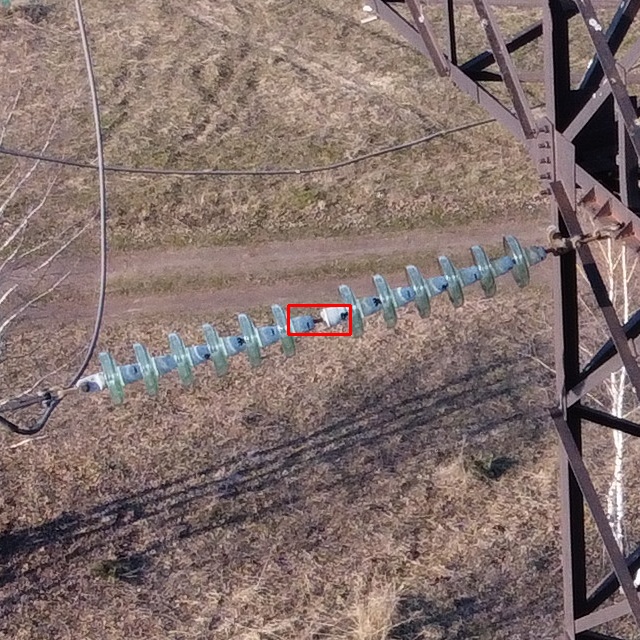 |
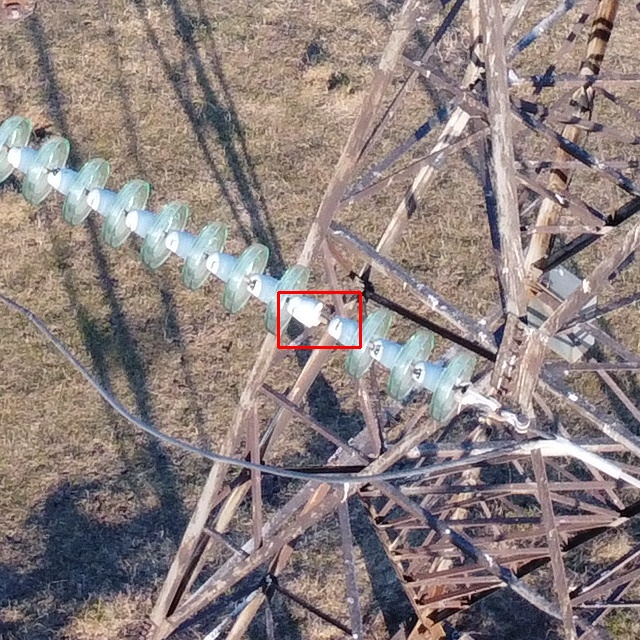 |
|---|---|
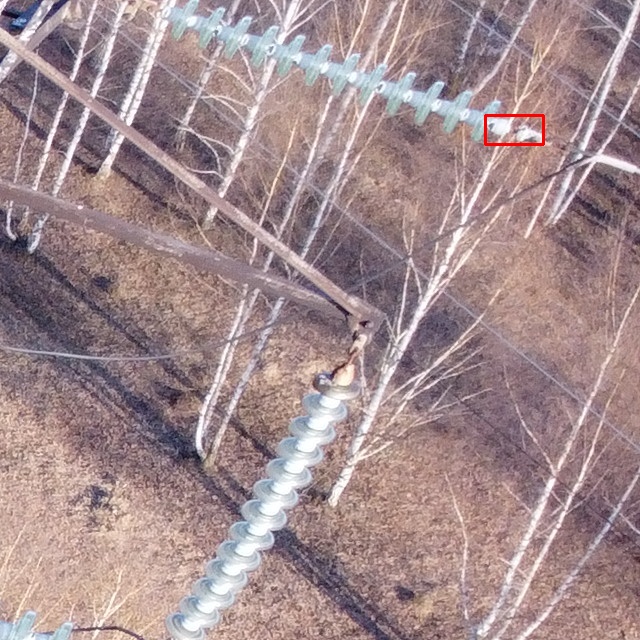 |
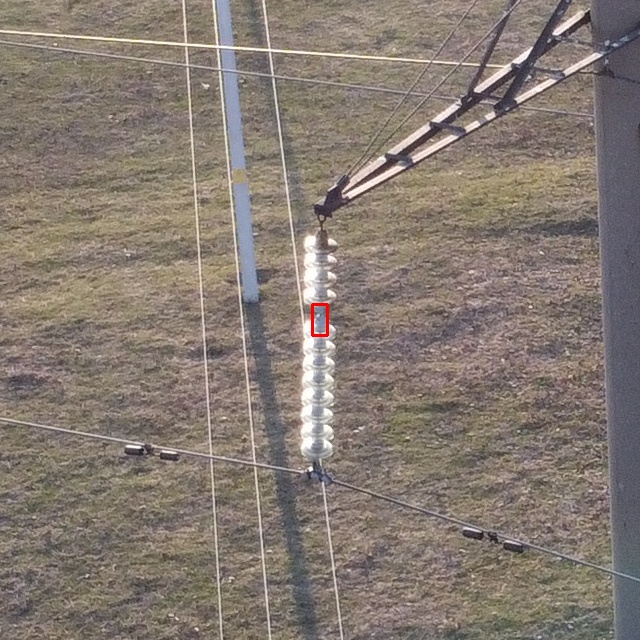 |
To run prediction script on images located in DATA_DIR directory:
python3 main.py DATA_DIRThe script produces two folders: predictions and submissions.
In the predictions folder, you'll find images with the generated predictions available for visual inspection. If the sliced inference is used (which is the case for the final model) the images will be placed inside predictions/xxx/visuals/, where xxx depends on the inference parameters. In case of full size inference (--sliced is not specified) the images will be placed inside predictions/xxx/. In both cases labels in YOLO format can be found in predictions/xxx/labels/.
submissions/xxx/ folder contains a NeuroEye.csv file where predictions are exported in tabular (CSV) format. Here xxx is the name of the directory with the provided data.
The most labor-intensive and crucial phase involves data collection. We compile images of faulty insulators from diverse sources, closely inspecting each one to ensure quality standards and manually adding annotations. For source #5, due to limited access to imagestock data, we expand the dataset by artificially introducing defects using the content-aware fill tool in Photoshop, it helps significantly increase source diversity.
To prepare dataset for training, we divide all images into tiles of sizes 640x640, 1000x1000, and 1200x1200, ensuring each tile contains at least one object of interest. Finally, all tiles are resized to 640x640. Additionally, to minimize false positives, we incorporate background images into the dataset.
We summarize dataset information after pre-processing in the table below:
| dataset | images | examples | |
|---|---|---|---|
| 1 | Broken-glass-insulator | 49 | 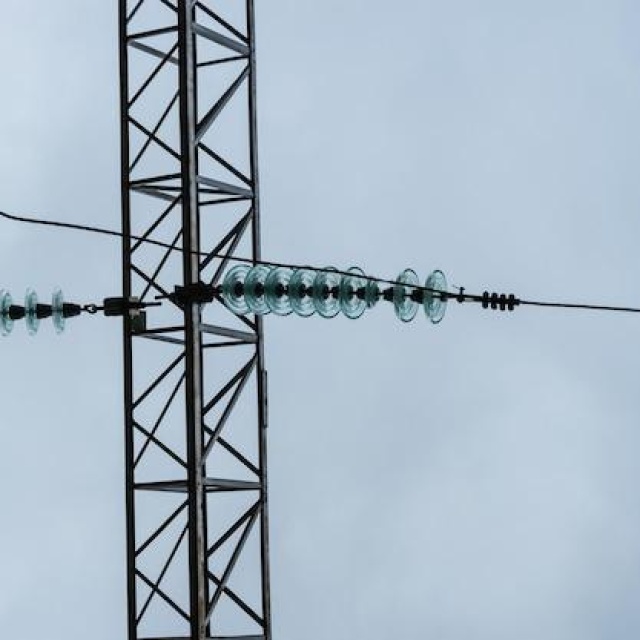 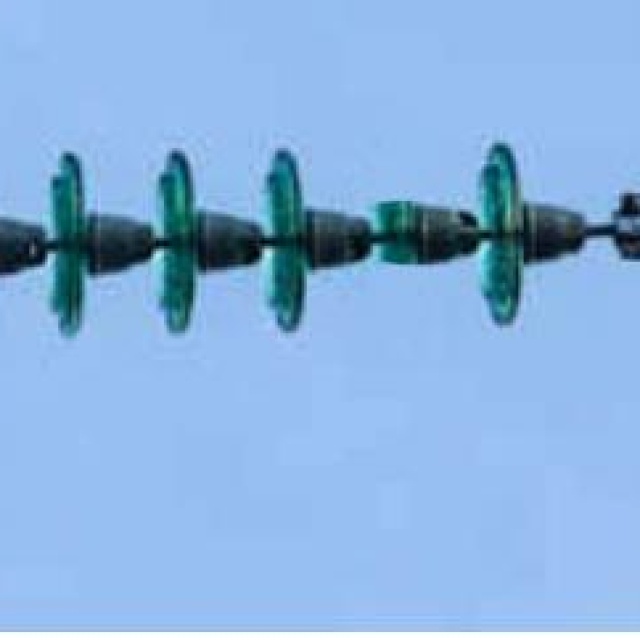 |
| 2 | cach-dien-thuy + su110kv_broken-sgwz3 | 247 | 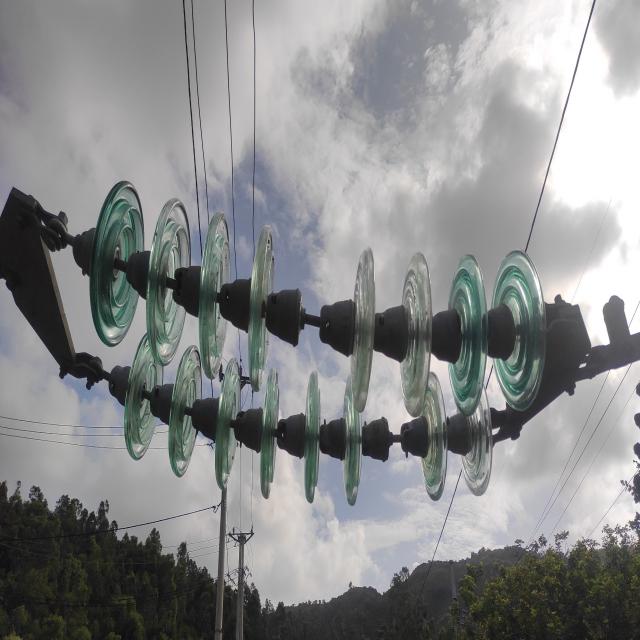 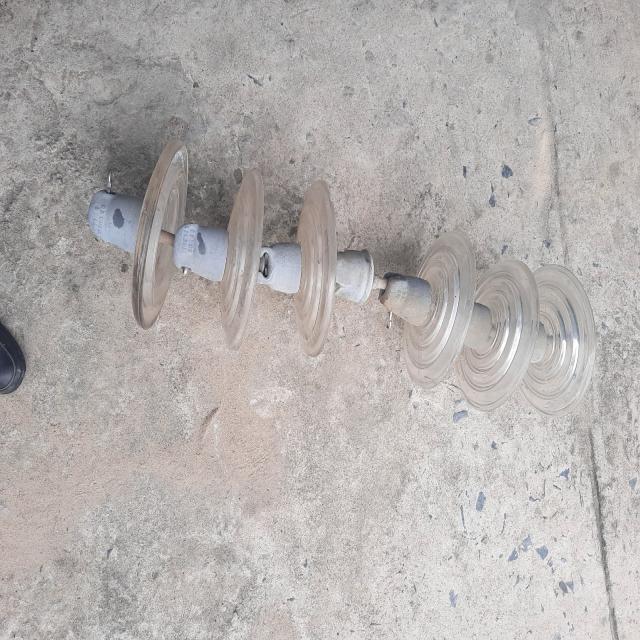 |
| 3 | insulator-defect-detection | 23 | 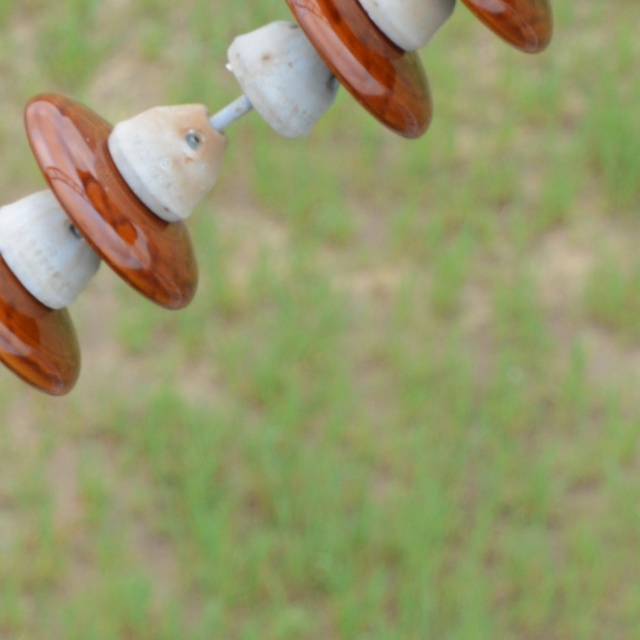 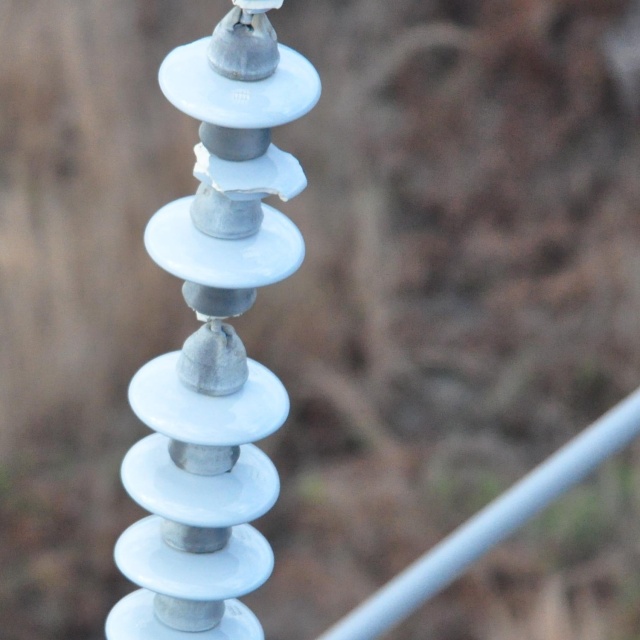 |
| 4 | Testing data (only first 36 images) | 55 | 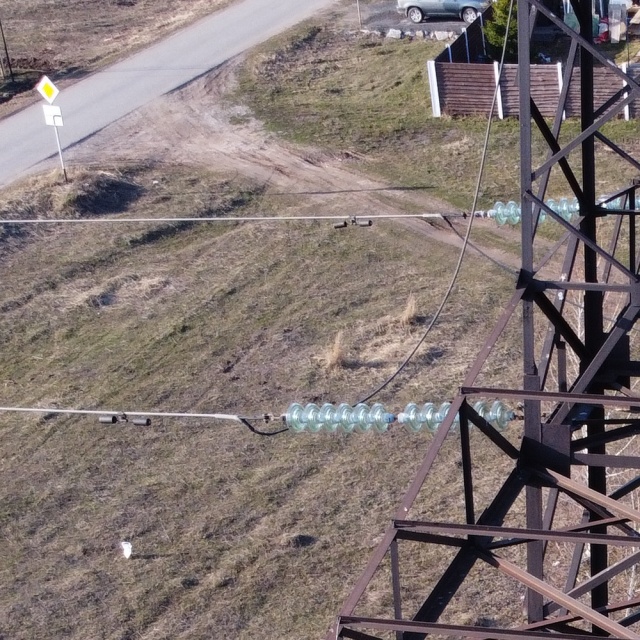 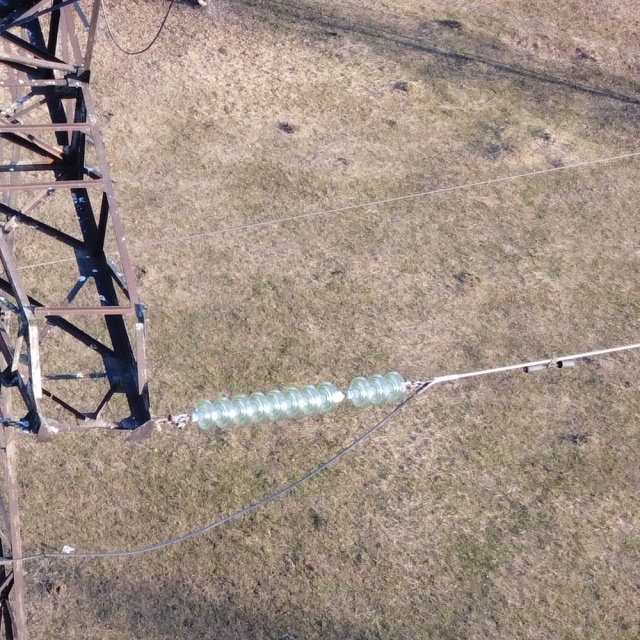 |
| 5 | ShutterStock.com | 50 | 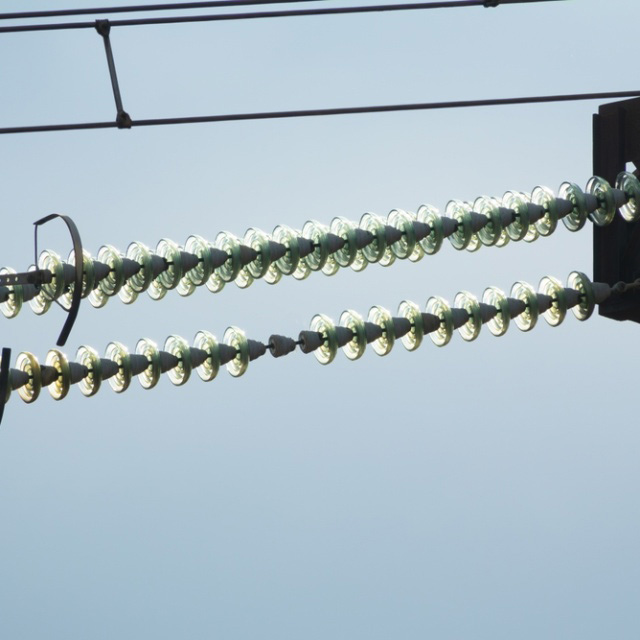 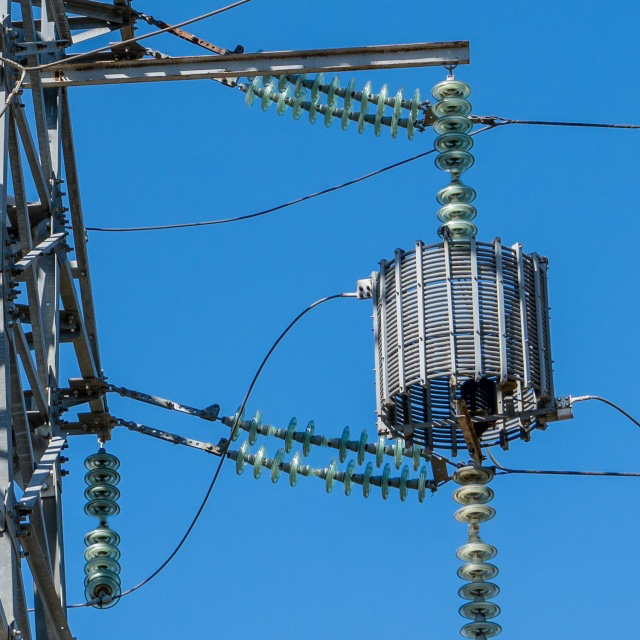 |
| 6 | Searching with Yandex/Google | 23 | 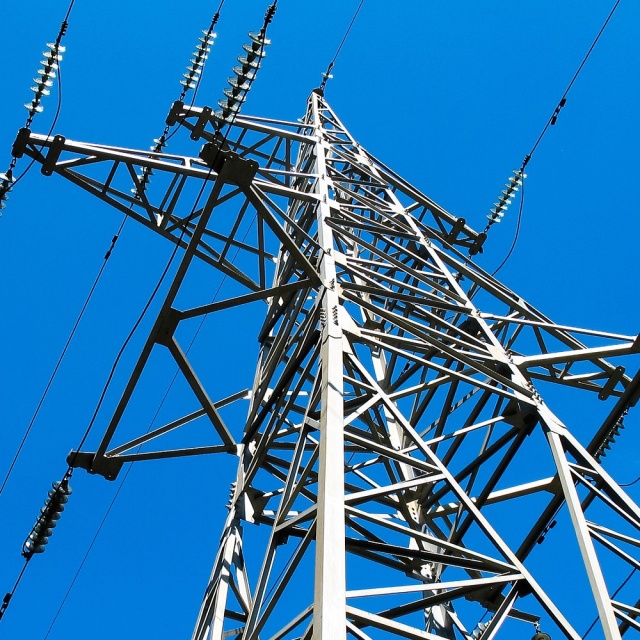 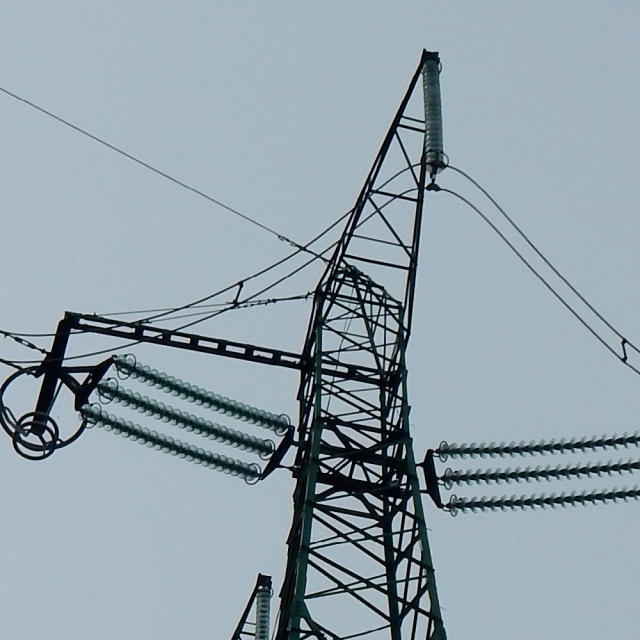 |
| 7 | Images of Moscow power lines (manually collected in Moscow on Dec 23 2023) | 355 | 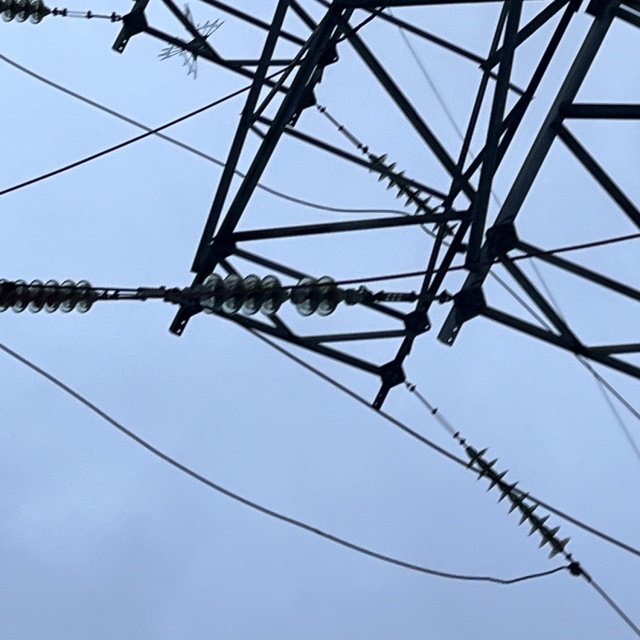 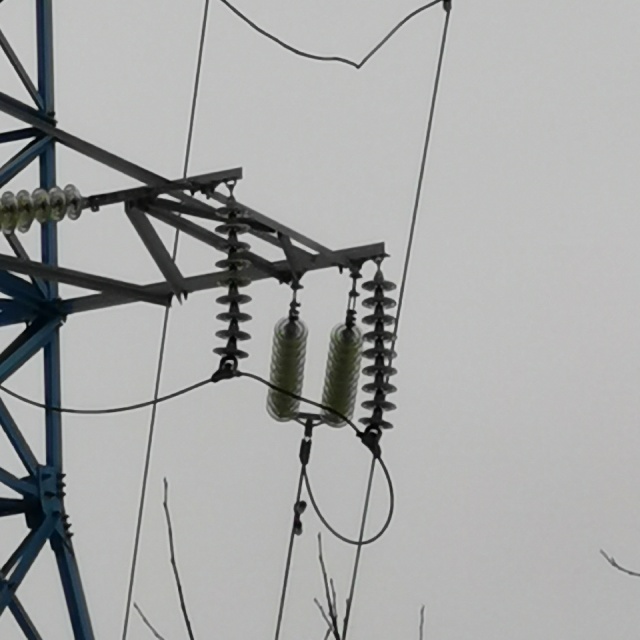 |
| Total | 802 |
After consolidating the data, we perform a shuffle of the images and then proceed to split them into an 80/20 ratio for training and validation, respectively. Notably, we designate the most recent testing set from Kaggle as our independent test set — distinct from the one detailed in the table above. This dataset is available for download from Google Drive.
We acknowledge a limitation in the dataset. Primarily composed of images captured from a bottom-up perspective, it may not seamlessly generalize to top-down angles typically encountered in UAV imagery.